NSE Spotlights 2021
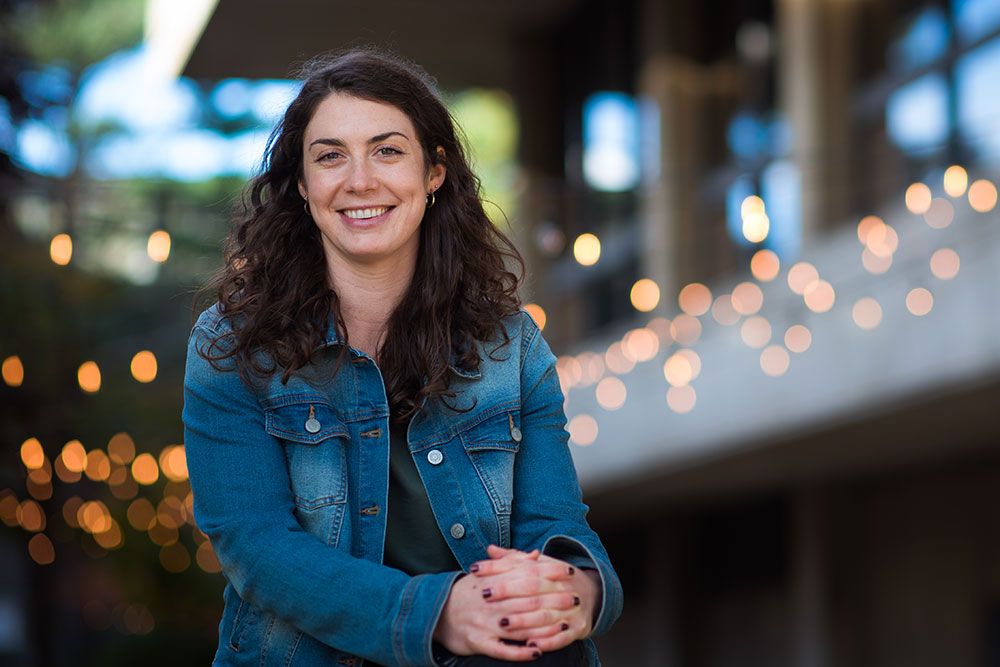
|
Helping make fusion a realityFusion has great potential as a carbon-free energy source but plasma turbulence presents a problem. Rachel Bielajew is taking on that challenge and helping make a better world—through science and community action. |
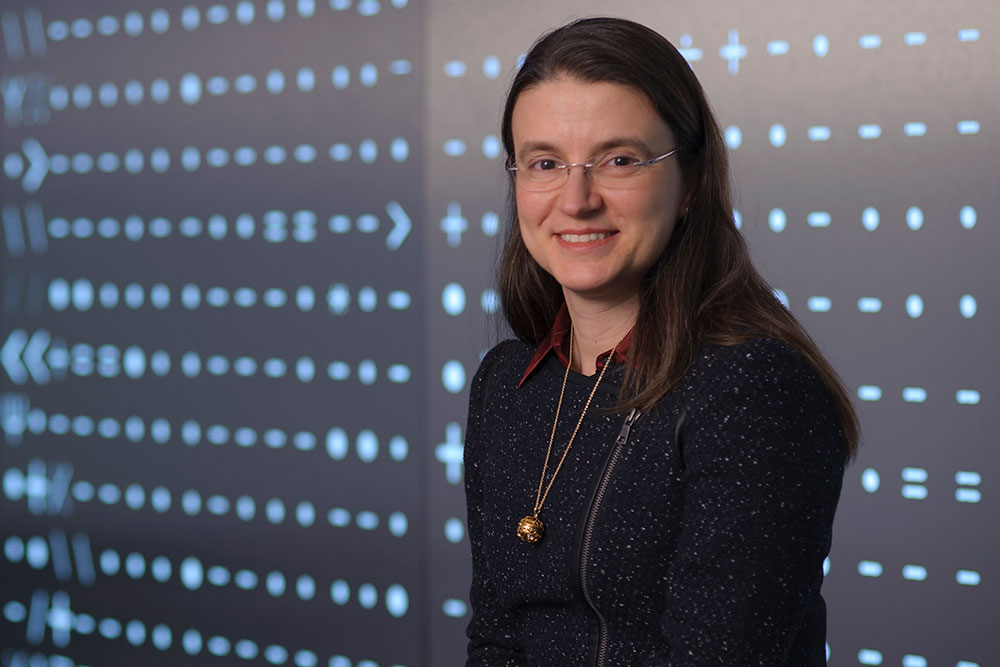
|
Electrochemistry, from batteries to brainsProfessor Bilge Yildiz finds patterns in the behavior of ions across applications |
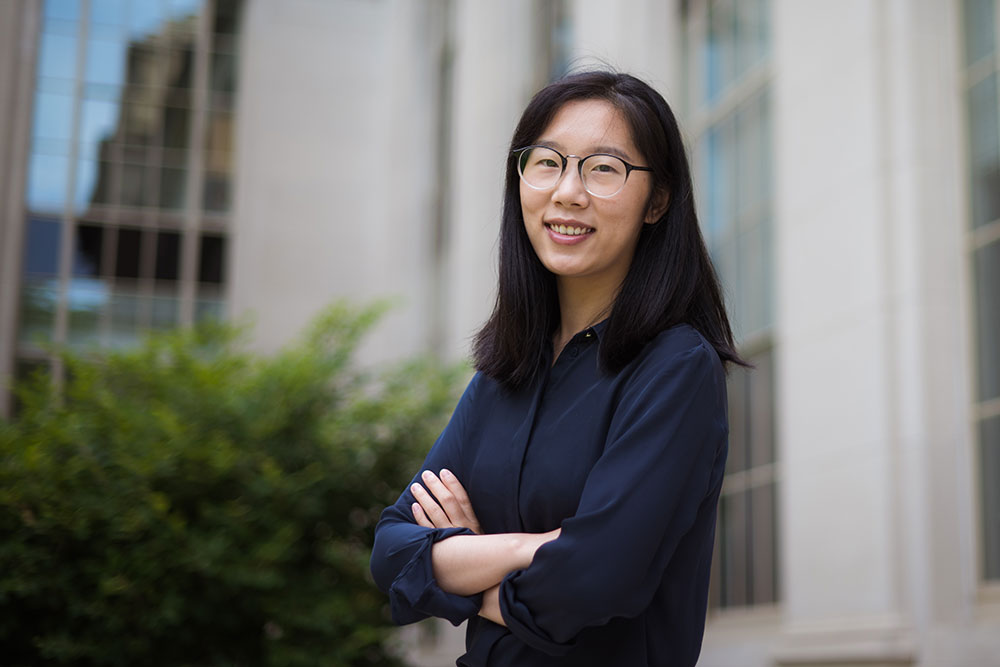
|
Crossing disciplines, adding fresh eyes to nuclear engineeringGraduate student, Limiao Zhang, sees surprising connections between the behavior of cars and bubbles. |
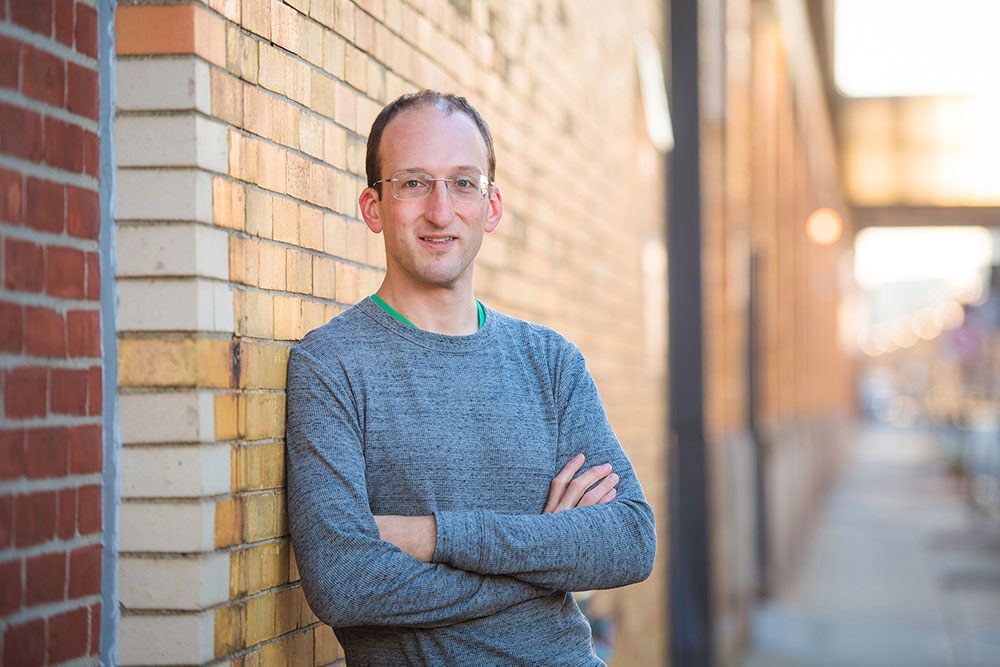
|
Investigating materials for nuclear powerA longstanding interest in radiation’s effects on metals has drawn Michael Short into new areas such as nuclear security and microreactors. |
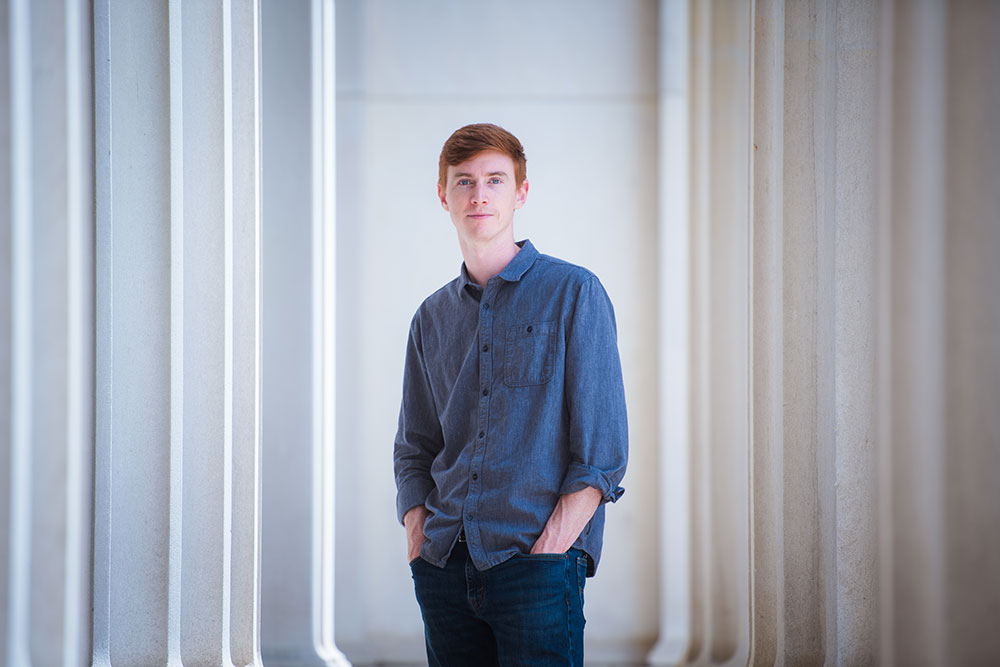
|
Waging a two-pronged campaign against climate changeWith a nuclear energy startup and cost-modeling tool, PhD student Robbie Stewart aims to speed construction of new plants for decarbonizing the economy |
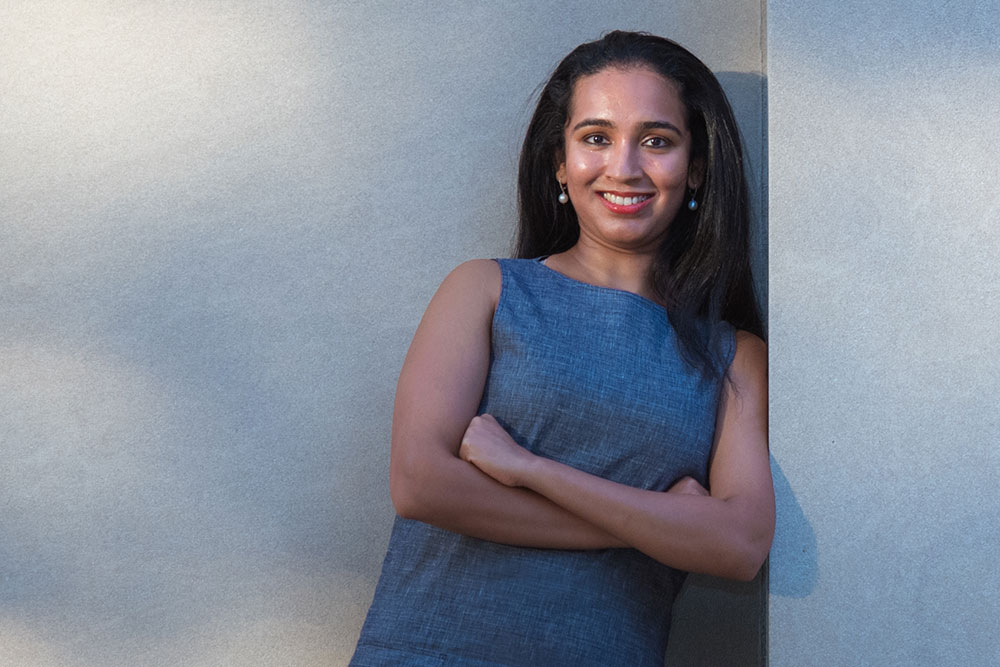
|
The boiling crisis — and how to avoid itPhD student Madhumitha Ravichandran identifies the three main factors that trigger the boiling crisis through machine learning models |
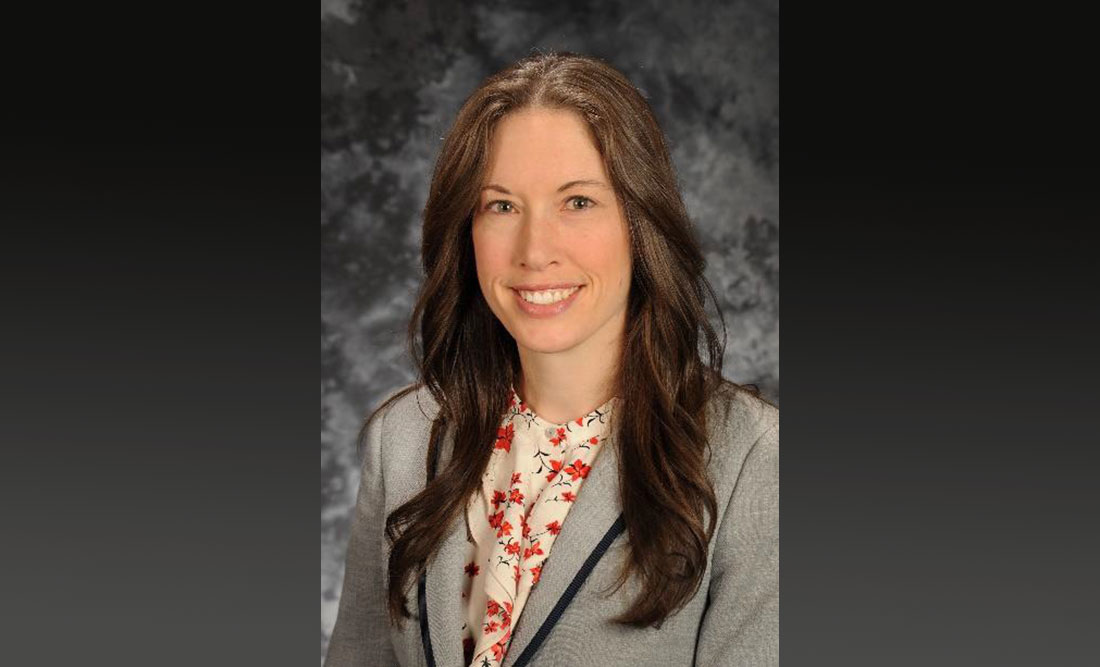
|
Leading with nuclear innovationMIT alumna, Ashley Finan, aims to put US in the forefront of advanced nuclear energy technologies that could prove pivotal in the clean energy transition |
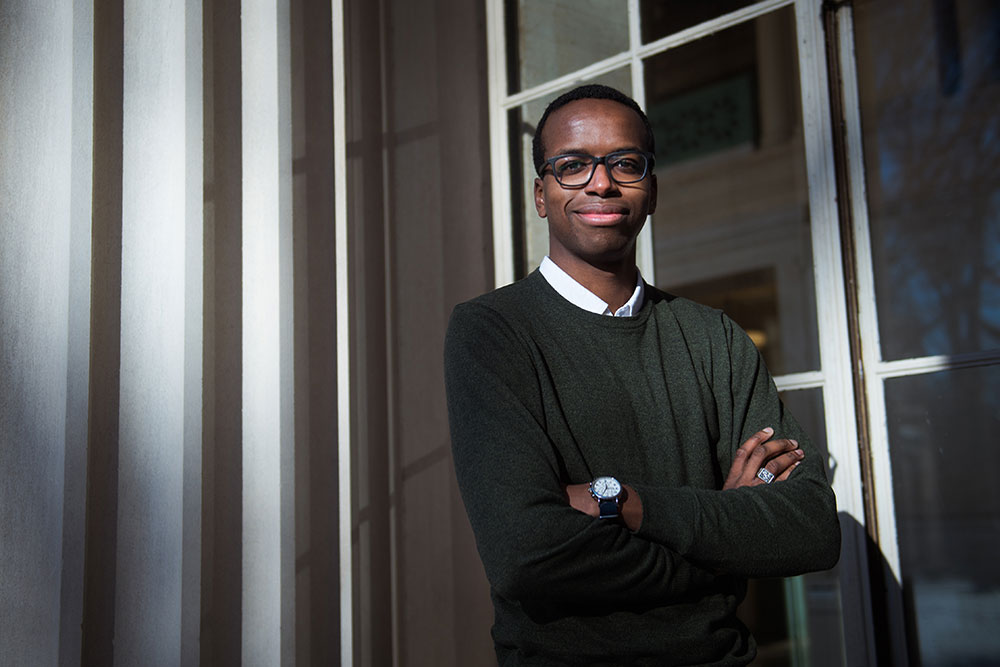
|
Understanding imperfections in fusion magnetsMIT Energy Fellow Richard Ibekwe finds flaws in high-temperature superconducting tapes, so they can be measured, fixed or embraced |
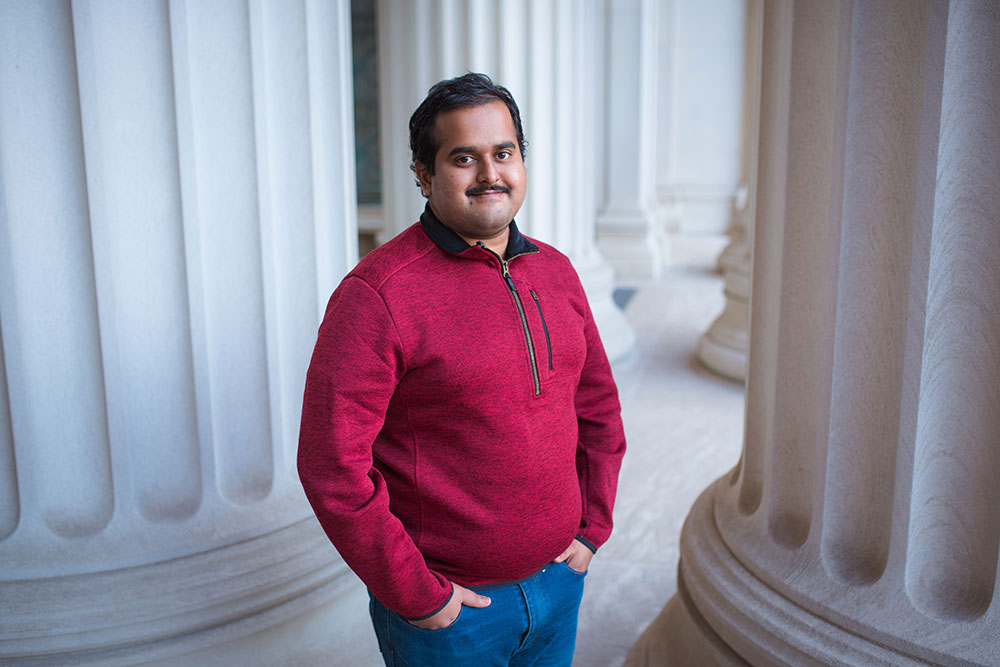
|
A practical path toward discoveryDoctoral student, Arunkumar Seshadri leverages radiation and other tools as he seeks enhanced materials for nuclear reactors |
